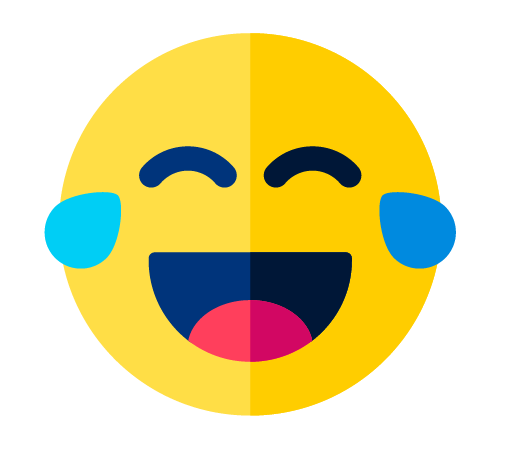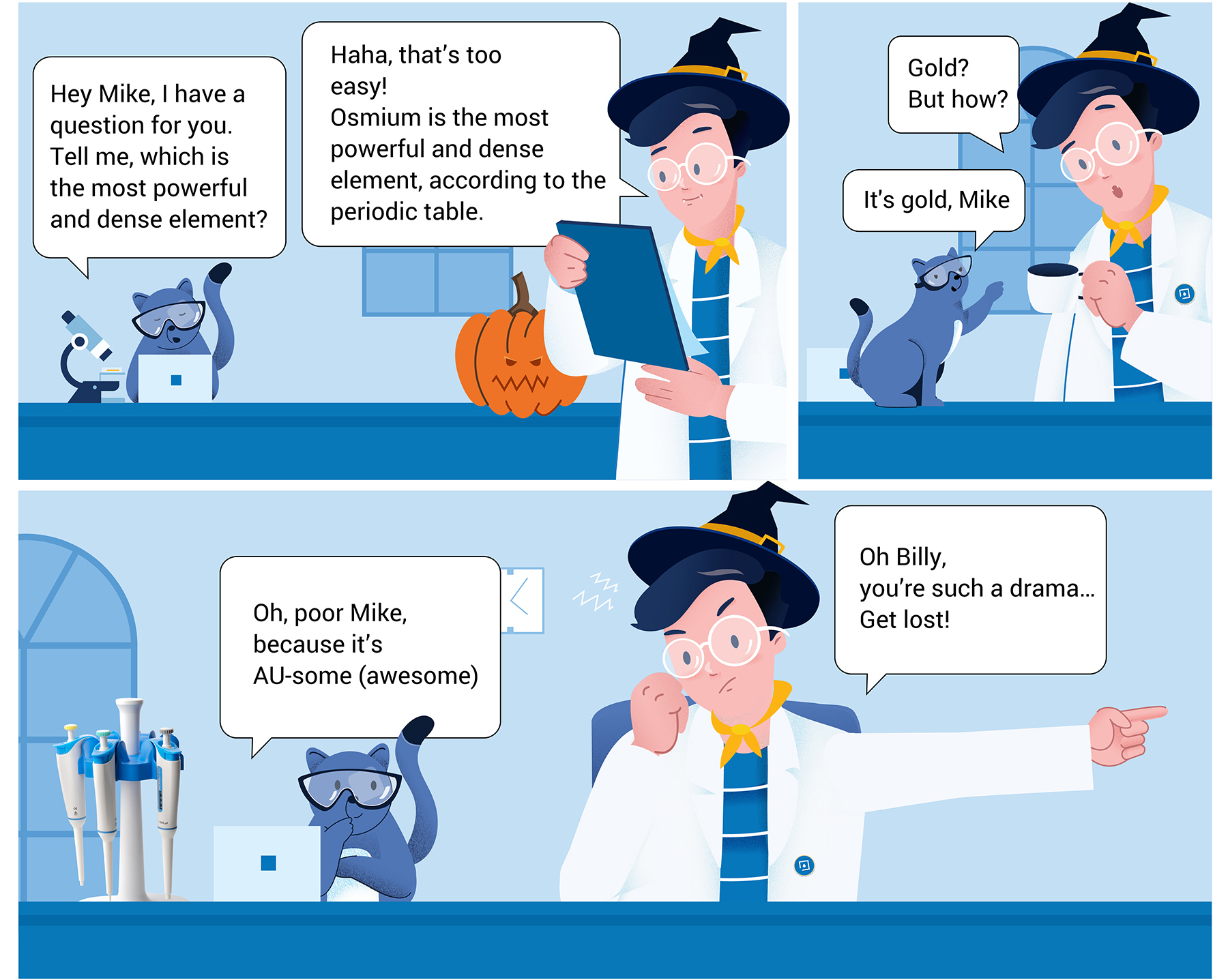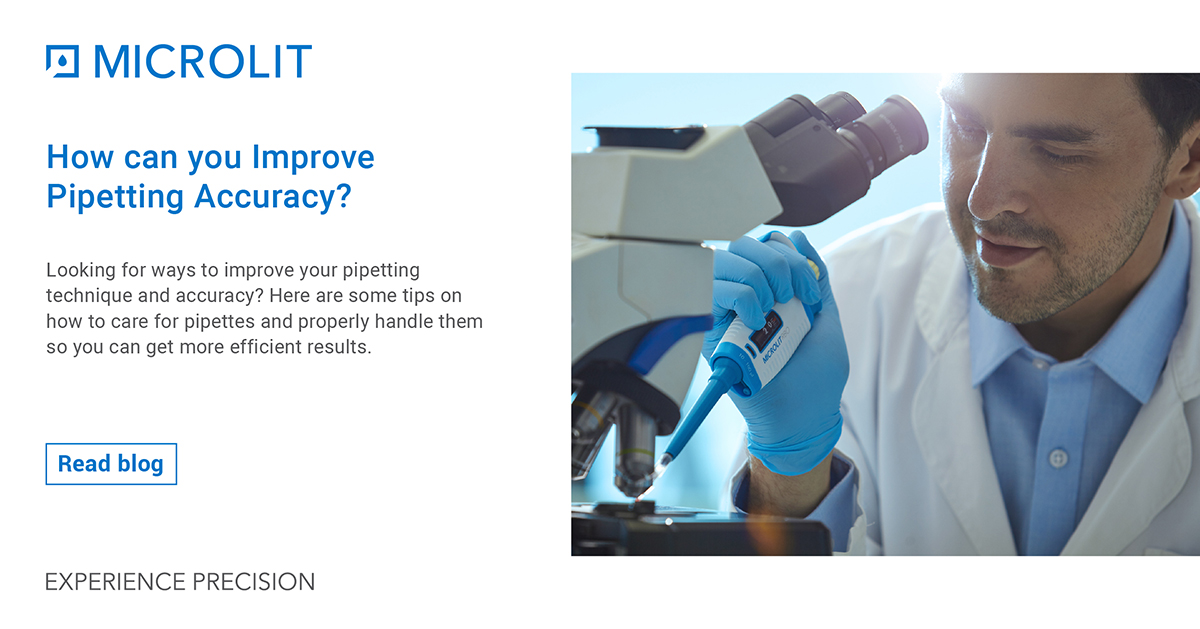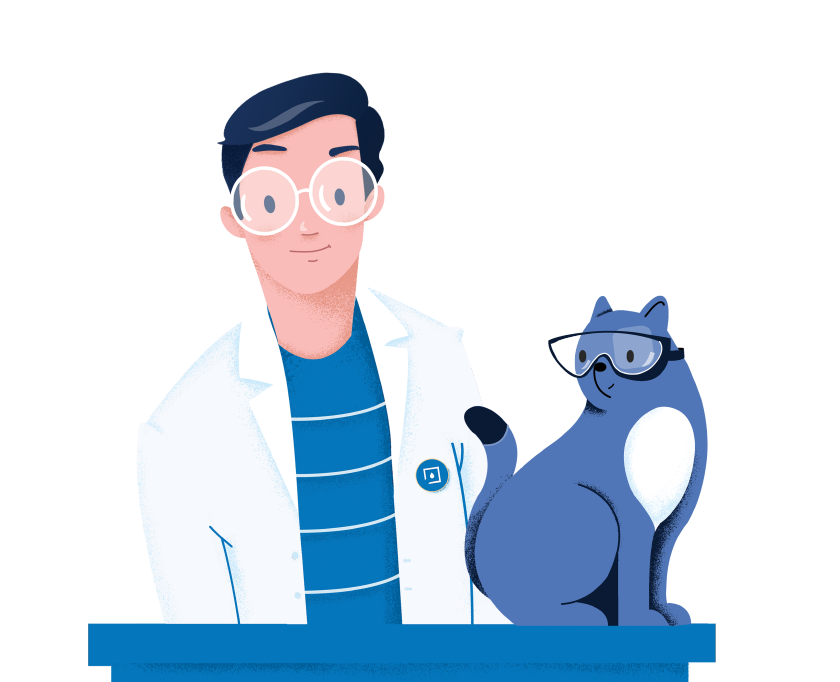

Comical Reactions with Mike & Billy
Experience Precision With Our Products


Wise & Precise
From history of Halloween to modern-day trends like “Trick or Treat” or “Bobbing of Apples”, let’s take up the quiz and answer the terrifying trivia with some spooky quiz questions.










